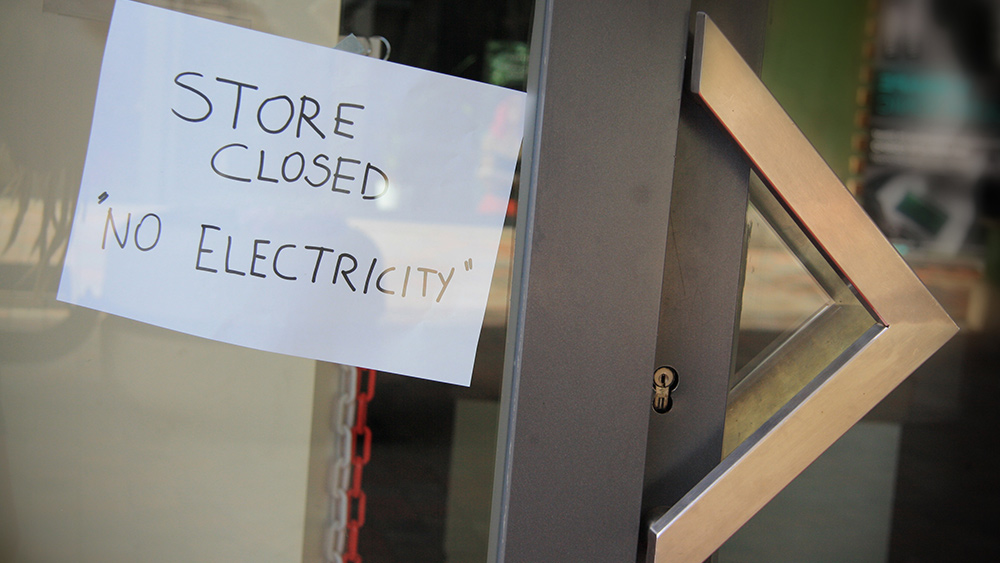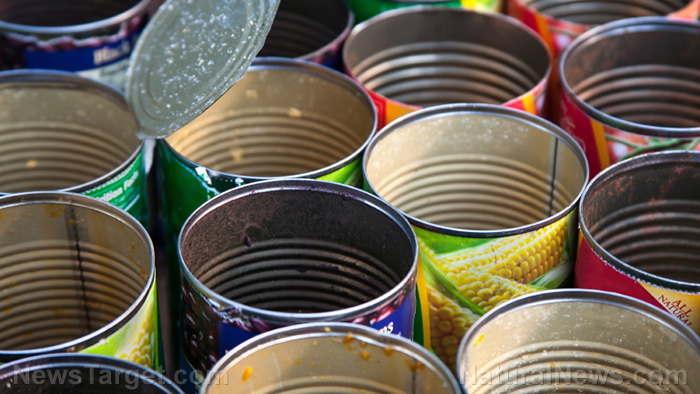
Stocking up on freeze-dried or dehydrated foods
When considering freeze-dried or dehydrated food for your stockpile, try them first before buying in bulk. Doing this gives you and your family a chance to taste the food before SHTF to avoid being left with freeze-dried products that no one in your family likes.
A lot of freeze-dried or dehydrated food products are made by commercial processors who seal them in #10 cans with oxygen absorbers. In some cases, these products may be sealed Mylar foil packets.
Like most foods, freeze-dried foods don’t last forever. Some freeze-dried foods only have a shelf life of around three to five years, like butter powder. Even #10 cans with cheeses and mixes with cheese ingredients may have a shorter shelf life than you would expect.
Always check the expiration date of your supplies. When sampling the food from your stockpile, take note of the color, smell and taste of each item. If something looks or tastes bad, dispose of them properly.
When implementing a food rotation system, consume the items nearest their expiration date first and replenish the items that you use up. Sort items in order of when you purchased them. (Related: 4 Survival foods to consider adding to your food pantry.)
Take note of when you bought each item
If you purchase #10 cans (or kits) for long-term emergency food storage, keep a record of how long you’ve had each item.
You should also rotate your supply of food kits starting with the oldest item in your stockpile. In particular, food mixes with powdered cheeses or butter may only last for at least 15 to 20 years, unlike other kinds of foods in #10 cans.
Meanwhile, butter powder has a shelf life of about three to five years in a sealed #10 can with oxygen absorbers. Keep it in ideal storage conditions, such as in a cool, dry place.
Only buy emergency preparedness food from trustworthy suppliers to ensure food quality.
Tips for cooking with freeze-dried foods
You don't always need to hydrate first
When cooking, you can hydrate your ingredients individually before adding them to your recipe. This is applicable if you're using ingredients that:
- Won't be in water while cooking, such as the filling of an enchilada; or
- Will be sitting in a thick sauce, such as a creamy casserole filling, instead of a "watery" sauce (e.g., broth or enchilada sauce).
In these two cases, hydrate the ingredients first, then add to the recipe just like you would fresh foods.
Note that if the food will be covered in liquid while cooking, such as a soup or spaghetti sauce, it's fine to combine all the ingredients, then add two to four teaspoons of extra water for every cup of freeze-dried food, then let it simmer.
Use less water to hydrate
If you're trying to hydrate freeze-dried fruits, you may end up with tasteless, soggy bits.
When draining water from hydrated food, you also drain off water-soluble vitamins. Freeze-dried foods are nutritious, but using too much water can nullify this benefit.
To hydrate most kinds of freeze-dried foods, add just enough water so that it pools at the bottom, then stir occasionally.
Using this much water should be enough to reconstitute most kinds of food until they are as close to fresh as possible. Note that you will need more water for freeze-dried meats.
Don’t overcook your meat
Food will hydrate faster in hotter water, but it is best not to use boiling or hot water when preparing meat. The meat is pre-cooked and freeze-dried and boiling it again means you'll overcook it. This can give the meat a strange texture.
Hydrate meat in warm or cold water, then add them to your dish.
Organize your survival stockpile and rotate your supply of freeze-dried food so the items in your emergency food storage don't go to waste after all your hard work.
Sources include:
Please contact us for more information.






















